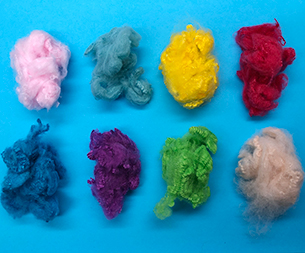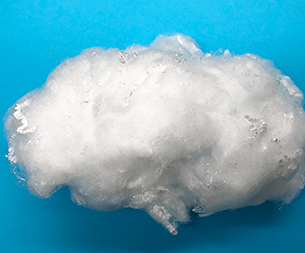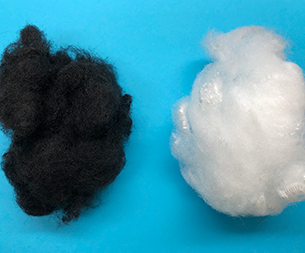Since the beginning of this year, China's garment exports to emerging markets have grown rapidly, promoting a more diversified garment export market structure, which will play a positive role in boosting garment exports in the future. In the face of many challenges in the international market, how should China's textile and garment export enterprises break through? At the meeting, the industry analyzed and gave countermeasures. Yin Guoxin, founder of Morningwind Group and chairman of the Garment Branch of the Textile Chamber of Commerce, suggested that peer enterprises should strengthen transformation and upgrading to ensure the stability of the industrial chain and consolidate the competitiveness of the supply chain on the basis of promoting the integration of production, education and research, and cultivate the core advantages of enterprises around design research and development, scientific and technological innovation and sustainable development to ensure survival and development. "In the face of opportunities, the garment export industry, on the one hand, should improve the added value of products, promote the share of high value-added products to rise steadily, and on the other hand, it should also strive to slow down the share decline of low-end products." "We need to try to stabilize our traditional market share, but also diversify our market to avoid the risks of over-dependence on developed countries or a single market." The person in charge of the Garment branch of the China Textile Import and Export Chamber of Commerce said that with the support of the national policy of stable foreign trade, China's garment export industry should actively play to the advantages of the whole industrial chain, work from both ends of supply and demand, enhance core competitiveness, enhance foreign trade innovation momentum, and promote win-win cooperation and high-quality development of the international textile and garment supply chain. In the post-epidemic period, the risk of the industrial chain rebounded quickly. At present, the risk level of clothing, products and fabric products is still at a historical high, and the risk of chemical fiber products is on the rise. "In the past six months, the main risks in developed markets have been overstocking and a wave of buyer bankruptcies, while emerging markets have mainly faced currency depreciation and a few debt defaults." Li Bowen, underwriter of the trade insurance underwriting department of China Export Credit Insurance Corporation, said that the textile and apparel industry chain is still facing the triple pressure of recession, financing and destocking this year, so enterprises should be encouraged to make full use of the policy and resource tilt of the credit insurance to develop new business models. Zheng Hong, chairman of Shanghai Qing Law Enterprise Consulting Co., LTD., former Deputy inspector of the Second Department of Monetary Policy of the People's Bank of China, analyzed the current internal and external economic policy situation and its impact on the exchange rate, the trend and direction of the international exchange rate and the RMB exchange rate, as well as the precautions for enterprises to avoid exchange rate, and encouraged enterprises to face up to risks and establish a perfect risk avoidance system. Make reasonable use of hedging tools and take the initiative in risk control. At the meeting, Liang Yihua, managing director of BLE (China) Co., LTD., also introduced the current economic environment, national policies and retail situation of the United States, as well as the economic development, trade policies, investment requirements and risk challenges of Central and South American countries through the online. "The Americas, with its fast economic development, large population, strong willingness to consume, abundant young labor force, and huge market potential, are worth considering as investment destinations when conditions are ripe in all aspects." Liang Yihua said. In addition, at the meeting, Dong Iming, deputy general manager of Jiangsu Huihong International Group Zhongjia Development Co., LTD., Wei Changjun, chairman of Zhejiang Mina Textile Co., LTD., Chen Kaien, chairman of Suzhou Laponi Clothing Co., LTD., and Ding Jiaqi, general manager of Nantong Tianzhu Textile Co., LTD., held a wonderful dialogue on "Facing challenges, the transformation of export enterprises". It deeply discussed the existing problems and future development trends of enterprises in innovative design research and development, digital transformation, global layout, green sustainable development and talent training, etc., and won strong resonance from the representatives of the participating enterprises.
Declaration: The content of this article is organized from the Internet, and the copyright belongs to the original author; If there is infringement, please inform in time and contact to delete.
- Jiangsu Haibang New Material Co.
- China's textile industry is at a
- Key Guide to Selecting Polypropy
- The impact of the Federal Reserv
- The core performance advantages
- China Textile Machinery: Driven
- The core applications of polypro
- Textile foreign trade has shifte
- How to choose the right polyprop
- Cross-border textile merchants a
- Markets
- Automotive Products
- Nonwoven Lining
- Geosynthetics
- Liquid Filtration
- Apparel and Textiles
- Hygiene Products
- Building and Construction
- Other Markets
- Contact Us
- Contact Haibang





